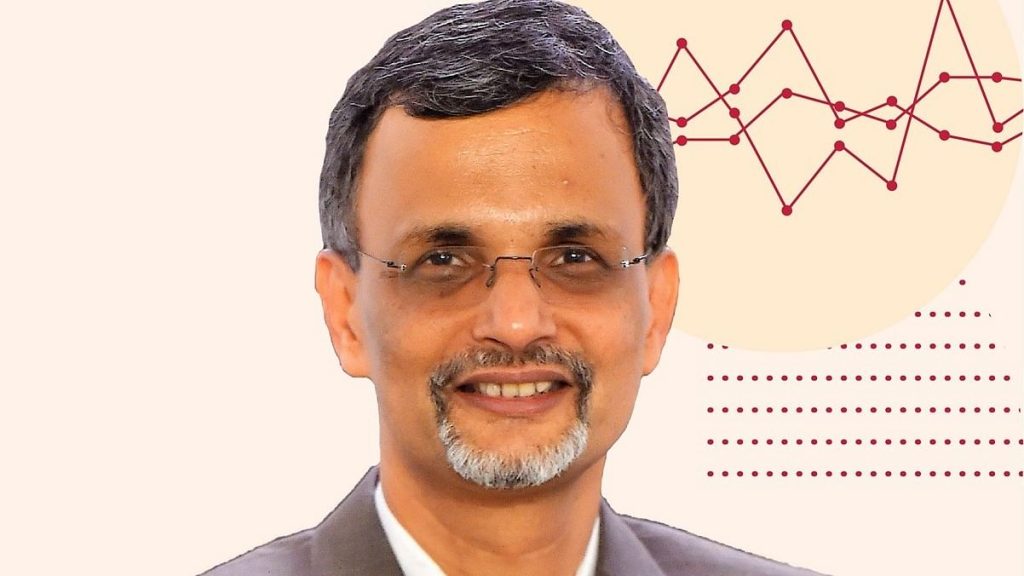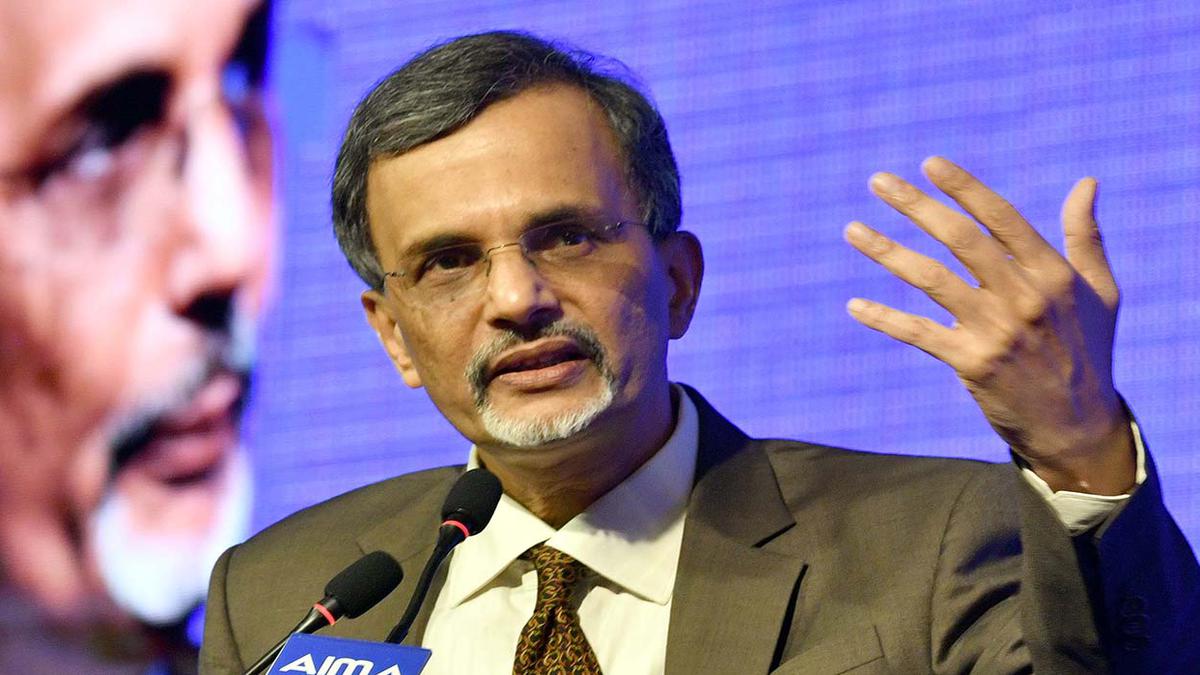On Thursday, Chief Economic Advisor (CEA) V Anantha Nageswaran said it was incorrect to characterise India’s recovery as “K-shaped” because both rural and urban economies were improving, albeit at different rates.
Nageswaran, speaking to media at the Finance Ministry, said that the last October-December quarter’s (Q3FY23) GDP growth figure will most likely be revised upward.
Because it nearly seems as though one is expanding and the other is decreasing, the idea that using the letter “K” to represent urban and rural areas is incorrect. The slope of one section is, in my opinion, more positive than the other, yet both are good, according to Nageswaran.
During a recession, when various economic sectors recover at varying speeds. This known as a K-shaped recovery. The post-pandemic recovery in India has characterised by several economists as K-shaped. With the argument that while urban consumption has recovered, rural demand hasn’t as much.
In spite of significant downward adjustments to prior GDP estimates, India’s economy expanded at a weaker-than-anticipated 4.4% in Q3, as consumer demand stalled and factory production fell for the second consecutive quarter.
In a poll of 41 seasoned forecasters earlier this month, the Reserve Bank of India (RBI) estimated that the median GDP growth for Q3 was 4.6%. Nonetheless, the RBI anticipated 4.4% GDP growth for the quarter ending in December.
“We have a recovery where urban recovery is proceeding at a faster pace than rural recovery. You can’t say that rural recovery is not happening and urban recovery is happening. The speed is different.” Nageswaran said. Adding that rural-focused high frequency indicators like two-wheeler and tractor sales were also showing healthy growth.

The nominal GDP for FY23 projected to be Rs 272 trillion, assuming 15.9% growth. According to the second Advance Estimates data, which was provided by the NSO on Tuesday. This is somewhat less than the first Advance Estimates, which were Rs 273 trillion.
Anantha Nageshwaran a chief economic advisor said :
On Wednesday, Nageswaran stated that the Q3 data had to analysed in light of past years’ adjustments in order to understand why they were tepid.
“Given the high frequency data that we have been seeing, and their pace of recovery, it is likely that data for the current year’s third quarter will undergo upward revision,” Nageswaran told reporters on Thursday, and added that the latest data was based on incomplete print, especially since quarterly data in India is not seasonally adjusted.
The comparison would have an exaggerated upside. If any data from a prior year were to be change downward, he claimed.
According to Nageswaran, the January–March quarter (Q4) will need to record 5.1% real GDP growth in order to reach 7% GDP growth in FY23. The growth for FY23 will be 6.8%, which is well within the statistical margin of error. He noted, even if Q4’s growth is the same as Q3’s at 4.4%.
The CEA said that the system still had unmet demand since India’s growth over the previous three years. It had lagged behind potential.
“I believe the medium term potential is 6.5-7 per cent because we have two important tailwinds in our favour. One is the financial sector balance sheets are well repaire. The second digital public infrastructure,” Nageswaran said, a forecast till 2030. Which he had given in his latest Economic Survey.

